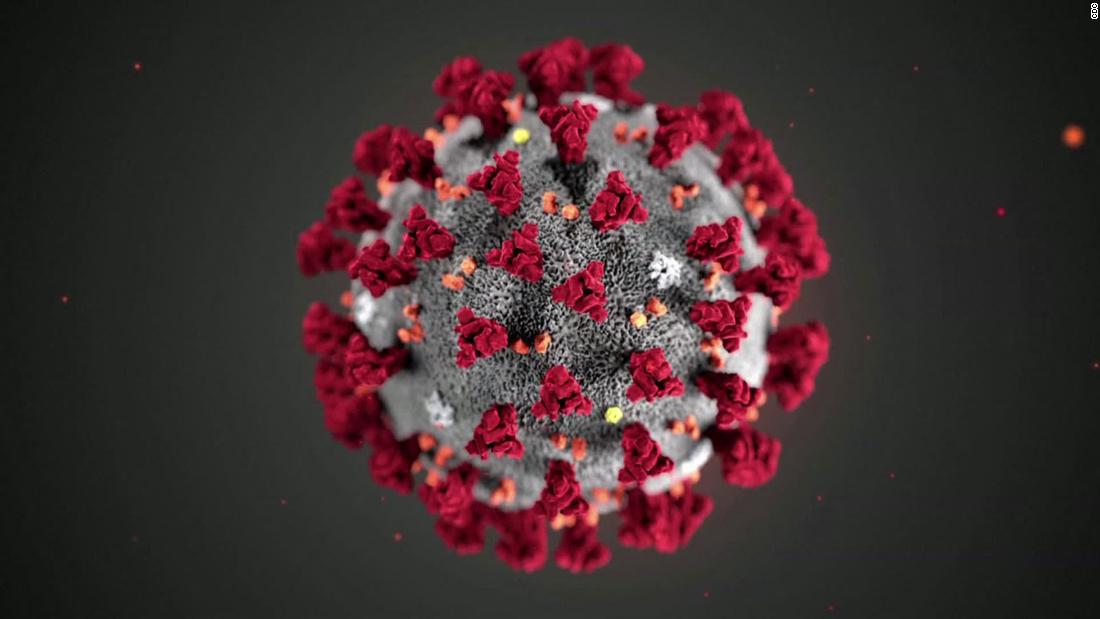The US government is preparing for the end of Title 42, which is scheduled for May 11th.
Photo: EFE – Luis Torres
On Thursday, the United States Department of State and Department of Homeland Security surprised the region with the announcement of a new migration strategy, in short, on two tracks: on the one hand, there is a great punishment. Irregular crossing of migrants. At the same time, the government says it is trying to facilitate regular and orderly migration to the north of the continent.
“A big part of the announcement is new measures to make it more difficult to claim asylum in the US. But they’re coming up with those measures along with some other ways to seek security, which they acknowledge is a big difference between a Joe Biden government and a Donald Trump government,” said Adam Isaacson of the Washington Office on Latin America (WOLA).
The news comes at a critical time, with just two weeks left until the end of Title 42, the Trump administration’s legacy policy used to immediately remove immigrants from the US border. Washington fears that at the end of this policy, entry through the southern border will increase in an unorganized manner, so this new strategy seeks to contain this tsunami of potential arrivals. How does it work?
First, let’s talk about punishment. Once Title 42 ends, we’re going to see Title 8 return. It is a body of federal law that has dealt with immigration for nearly seven decades. Most importantly, anyone removed under this policy is barred from re-entering the United States for at least five years. The penalty for those who try to enter the country irregularly would be stronger than the current penalty because with Title 42, there is no such restriction on those who are deported, so they repeatedly try to cross the border irregularly. .
“Processing under Title 8 is expected to reduce the number of repeat border crossings over time, which have increased significantly under Title 42,” the US plan, filed Thursday, says.
As part of the punishments, we are also seeing an increase in deportation flights per week. The Department of Homeland Security said it will increase transportation capacity. The number of flights announced by US officials could double and even triple for some countries. But not everything is meant to be a punishment. On the other hand there are options. According to Isaacson, the United States does not want to cut off immigration, but to do so in an orderly manner.
As part of efforts to make migration transparent and organized, the US wants to open Regional Processing Centers (RPCs) across the hemisphere. As announced on Thursday, the first will be installed in Colombia and Guatemala. And the function of these centers is to receive people who want to migrate, interview them and study their cases to see if they are eligible. Only after this they can go to America.
“If you pass through a third country when you arrive at the border between Mexico and the United States, and you have not claimed asylum in that country, it is almost impossible for you to claim the right to seek asylum. They will reject it. These centers seem positive, but of course we need to know more details,” says Isaacson.
📰 We also recommend: “Now is not the time to have Venezuela as a guest at Filbo”: Jacqueline Goldberg
So, what are the steps America wants to follow for immigration? For now, with no more details to be known in the coming days, here’s what’s known about the process: The first thing foreigners have to do is access CBP One, a new dating app appearing at the U.S. border. Here we run into trouble.
“If what they’re doing is having immigrants make appointments electronically, there’s a problem. How many slots open up a day? If there’s only 100, I imagine around 10,000 people a day in a country like Colombia, and getting an appointment at one of those centers to see a Taylor Swift concert. It’s like getting a ticket”, insists Isaacson.
The expert also asks to consider those who are not good at technology. “People who are not skilled in handling applications for appointments, or who do not have good internet connectivity, lose opportunities even though they are very vulnerable. If there is not enough provision, there will be a lot of competition for appointment. Currently taking place in northern Mexico. The US is accepting 750 asylum applications per day. Every day, the seats fill up in five or six minutes,” reports Isaacson.
Supply over demand. And, anyway, once the quota is reached, nothing is guaranteed. That’s where the long road begins: an interview, a background check, filling out the first forms and setting a date for your first appearance before an immigration judge, which can take months or years. While you wait for this to happen, you can live and work in the US. But Isaacson said that with immigration courts overburdened, the asylum process, even if rejected, can take years. That is why the US must strengthen its actions in the courts.
“Many of those who have the opportunity to request asylum, look at those who enter the United States and have to argue their case for up to five days. With those conditions it will be very difficult to document your requests and many will be rejected. The Trump administration did something similar, although very restricted,” says the expert.
The other issue is “family reunification,” a program that allows immigrants who are already citizens or have obtained lawful permanent residency in the United States to apply for resident visas for their immediate family members. Colombia entered the program on Thursday with new rules for applicants: they must have a person in the United States as their sponsor and apply at an RPC (centers to be established in Colombia). They will inform you shortly if you are a beneficiary of the scheme. If this is the case, you can legally enter the United States while your residency application progresses. Are seats available for this program? Something America needs to define soon. More details are expected on May 11.
📝 We recommend: Because of Foreign Minister Leyva’s “joke,” Colombia receives a formal complaint from Panama
👀🌎📄 Have you heard about the latest world news? We invite you to visit them at El Espectador.

:format(jpeg)/cloudfront-us-east-1.images.arcpublishing.com/elespectador/BTOVGELRUPITDBH3S6GHJWUTVE.jpg)
:format(jpeg)/cloudfront-us-east-1.images.arcpublishing.com/gfrmedia/BPSZLU35MRES5DCPULA6LKCGXU.jpg)

